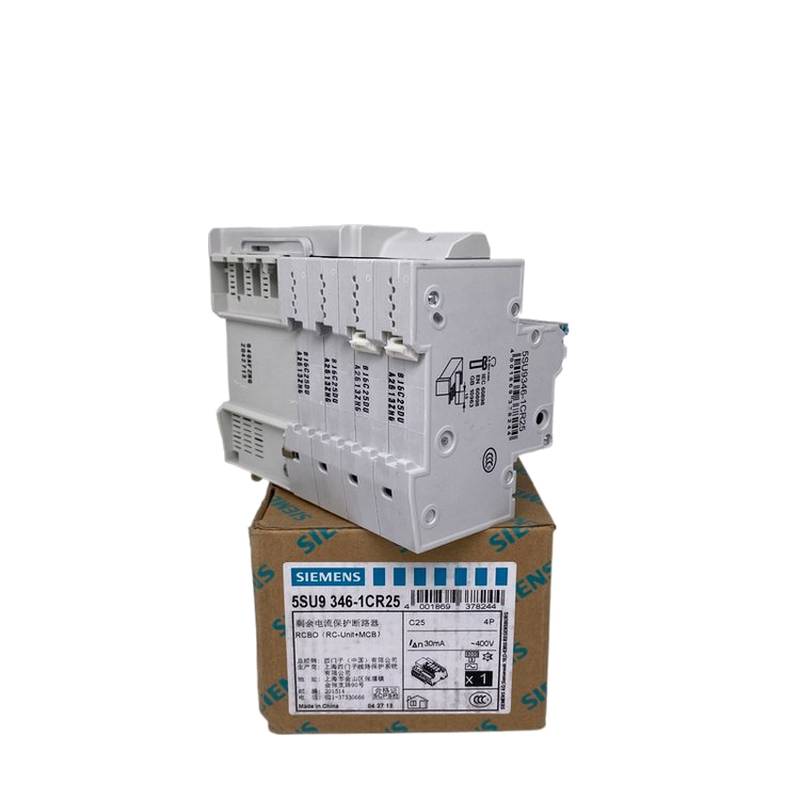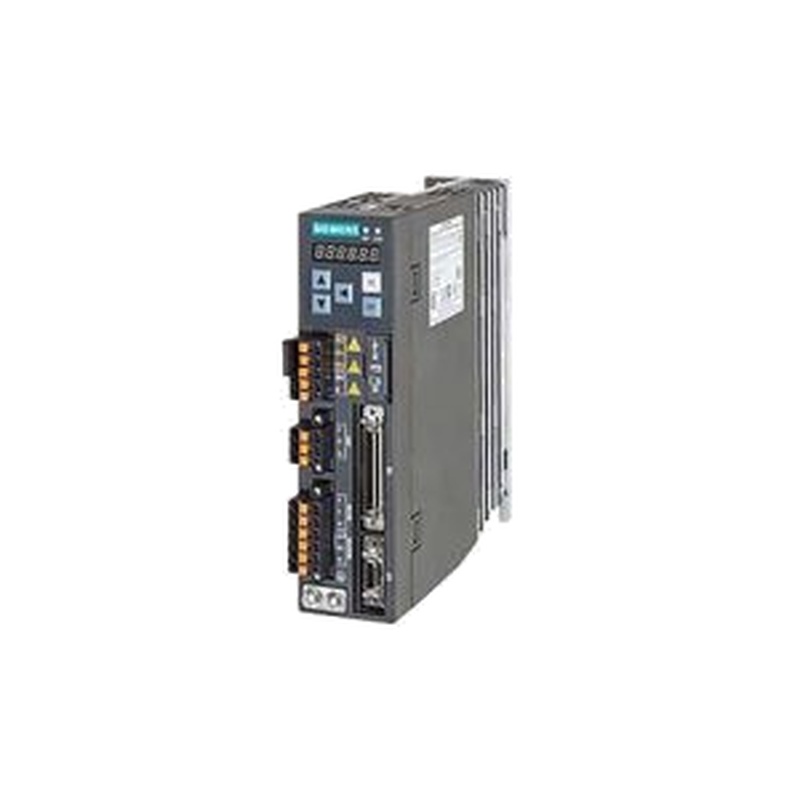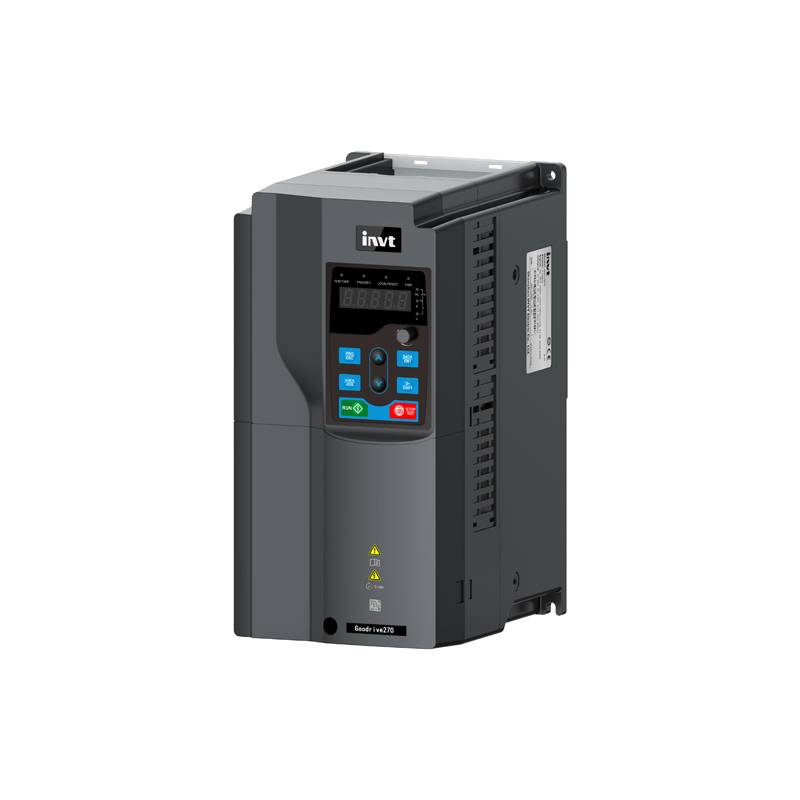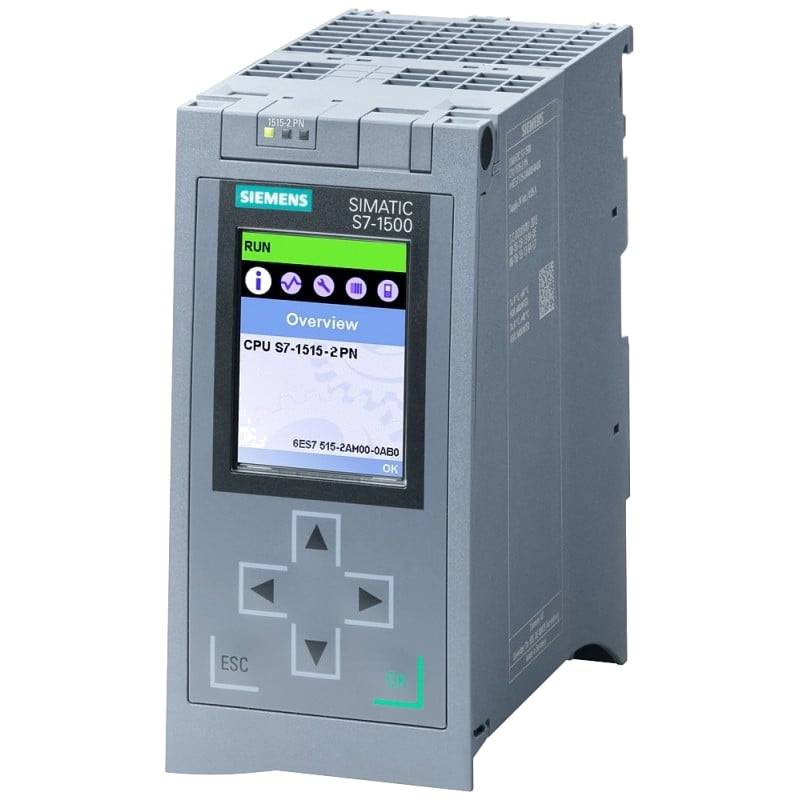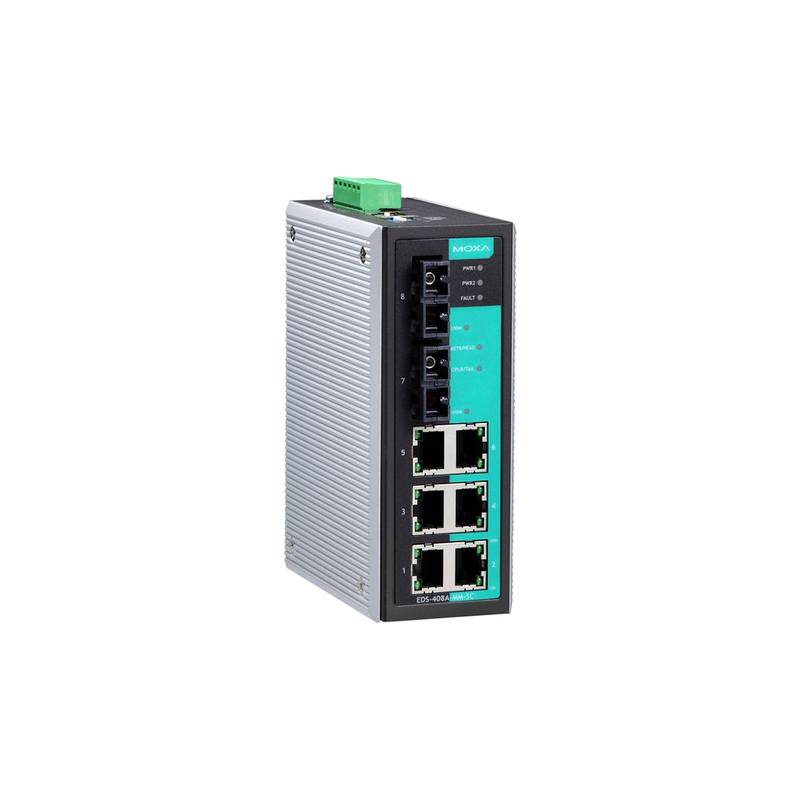
The Siemens 5SU9346-1CN25 RCBO is engineered for robust protection of small power equipment, offering a sophisticated blend of circuit breaker and residual current device functionalities. This 4-pole, 25A unit with a 30mA sensitivity provides essential safety by detecting earth faults and overcurrents, preventing electrical hazards and equipment damage. Its C-curve tripping characteristic ensures it can handle inrush currents common in inductive loads without nuisance tripping, making it ideal for a variety of industrial and commercial applications.
Product Specifications
| Feature | Specification |
| :----------------------- | :-------------------------------- |
| Product Type | RCBO (Residual Current Breaker with Overcurrent Protection) |
| Manufacturer | Siemens |
| Model Number | 5SU9346-1CN25 |
| Poles | 4 |
| Rated Current (In) | 25A |
| Rated Residual Operating Current (IΔn) | 30mA |
| Tripping Curve | C |
| Rated Voltage (Un) | 400V AC |
| Rated Breaking Capacity (Icn) | 10kA |
| Frequency | 50/60 Hz |
| Terminal Type | Screw Terminal |
| Protection Type | Overcurrent, Short Circuit, Earth Fault |
| Housing Material | High-grade thermoplastic |
Core Features & Market Positioning
The Siemens 5SU9346-1CN25 RCBO stands out in the market due to its high breaking capacity of 10kA, providing superior protection against severe short circuits, a critical feature for industrial environments. Its C-curve characteristic is specifically designed to accommodate the transient overcurrents associated with motors and transformers, reducing unnecessary shutdowns. Siemens' reputation for reliability and advanced electrical engineering underpins this device, positioning it as a premium, dependable solution for critical power protection where safety and uptime are paramount. This RCBO integrates overcurrent and earth leakage protection into a single, compact unit, simplifying installation and panel space requirements compared to separate devices.
Key Application Scenarios
This Siemens 5SU9346-1CN25 RCBO is exceptionally suited for safeguarding small power circuits in commercial buildings, particularly for motor control centers, lighting circuits with inductive ballast, and distribution boards feeding sensitive electronic equipment. In industrial settings, it is an excellent choice for protecting individual machinery or smaller production lines where precise overcurrent and earth fault protection is necessary. Its 30mA residual current sensitivity is compliant with regulations for preventing electric shock, making it vital for any application where personnel safety is a primary concern, such as in workshops or areas with potential water presence.
Practical System Integration Guidance
Integrating the Siemens 5SU9346-1CN25 RCBO into existing or new electrical systems is straightforward due to its standard DIN rail mounting and top/bottom terminal access. Ensure the main power supply is de-energized before installation. Connect the incoming live conductors to the appropriate terminals, typically marked L1, L2, L3, and N for a 4-pole device, and the outgoing protected conductors to the load-side terminals. The neutral conductor must be connected to the neutral terminal on both the line and load sides, ensuring proper residual current detection. Always verify correct wiring polarity and torque connections to the manufacturer's specifications to prevent overheating and ensure reliable operation.
Operation and Risk Mitigation
The Siemens 5SU9346-1CN25 RCBO automatically trips and disconnects the circuit when it detects a fault current exceeding its rated capacity or a residual current above 30mA. The C-curve ensures that brief, high current surges during equipment startup do not cause a false trip. To mitigate risks, regular testing of the residual current function using the integrated test button is recommended, typically monthly, to ensure the device remains operational. If the RCBO trips repeatedly, it indicates a persistent overcurrent or earth leakage issue that requires professional diagnosis of the circuit or connected equipment.
Scalability & Long-Term Value
While the Siemens 5SU9346-1CN25 RCBO is designed for specific circuit protection, its value extends through Siemens' commitment to backward and forward compatibility within their low-voltage protection portfolio. It seamlessly integrates into Siemens' ALPHA or SIMBOX distribution boards, facilitating system expansion. For enhanced digital integration, it can be part of larger systems monitored by Siemens' SENTRON power monitoring devices, offering remote diagnostics and performance analysis in IIoT applications. This ensures long-term value by allowing for modernization and smart integration as facility needs evolve.
FAQs
What is the primary function of the Siemens 5SU9346-1CN25 RCBO?
It provides combined overcurrent and earth leakage protection. It safeguards equipment from damaging fault currents and protects people from electric shock.
This device is crucial for electrical safety compliance. It combines a circuit breaker and an RCD in one unit.
This simplifies installation and saves panel space effectively. It ensures reliable operation for sensitive loads.
Can the Siemens 5SU9346-1CN25 RCBO be used for motor starting?
Yes, its C-curve is suitable for inductive loads. This includes motors and transformers with moderate inrush currents.
The C-curve allows for higher temporary current spikes during startup. This prevents nuisance tripping of the protection device.
However, for very large motors with very high inrush currents, a D-curve or specialized motor protection might be considered.
What does a 30mA residual current rating signify?
A 30mA rating means it detects small earth leakage currents. This level is considered safe for direct contact protection.
It is sensitive enough to protect against severe electric shocks. This makes it suitable for personal protection applications.
This sensitivity is vital for compliance with safety regulations in many regions. It ensures a high level of safety for personnel.
How do I test the residual current function of the 5SU9346-1CN25?
Use the built-in test button on the front of the device. Press the 'T' or 'Test' button to simulate an earth fault.
The RCBO should trip immediately when the test button is pressed. This confirms the RCD component is functioning correctly.
It is recommended to perform this test regularly, monthly, to ensure its reliability. Always ensure the circuit is safe before testing.
What is the breaking capacity of the Siemens 5SU9346-1CN25?
This RCBO has a breaking capacity of 10kA. This indicates its ability to safely interrupt fault currents up to this level.
It is designed to withstand and clear severe short-circuit conditions. This provides robust protection in industrial environments.
A higher breaking capacity means greater safety and reliability against powerful electrical faults. It ensures the device does not fail during a critical event.
Is the Siemens 5SU9346-1CN25 suitable for 230V or 400V systems?
This specific model, 5SU9346-1CN25, is rated for 400V AC. It is designed for three-phase applications with a neutral.
It can be used in single-phase applications if all four poles are wired correctly. However, it is optimized for 400V, three-phase systems.
Always confirm system voltage compatibility before installation. Incorrect voltage can damage the device and pose a safety risk.
What does the 'C' in C-curve mean for this RCBO?
The 'C' designation refers to its tripping characteristic for overcurrents. It is designed for loads with moderate inrush currents.
This curve allows for a trip 5 to 10 times the rated current. It is typical for lighting and socket outlet circuits.
It balances sensitivity to faults with tolerance for temporary startup surges. This avoids unnecessary tripping of the breaker.
How do I wire a 4-pole RCBO like the 5SU9346-1CN25?
Connect incoming live conductors L1, L2, L3 to the upper terminals. Connect the incoming neutral conductor 'N' to its upper terminal.
Connect the outgoing protected conductors to the lower terminals in corresponding order. Ensure the neutral is connected to both upper and lower terminals for sensing.
Always de-energize the circuit completely before wiring. Verify connections and tighten them securely for safe operation.
What are the physical dimensions and mounting requirements?
This RCBO is designed for standard DIN rail mounting. It occupies a specific number of modules in an electrical panel.
It conforms to standard industrial panel mounting specifications. This ensures compatibility with most distribution boards and enclosures.
Consult the product datasheet for precise dimensions and module width. This aids in planning panel space and layout accurately.
Where is the Siemens 5SU9346-1CN25 typically used in industrial automation?
It's used for protecting control cabinets and sensitive automation components. This includes PLCs, drives, and HMI systems from electrical disturbances.
It provides reliable protection for auxiliary circuits in machinery. This ensures operational continuity for critical automation processes.
Its precise tripping characteristics minimize downtime and maintenance needs in complex systems. This safeguards investments in automation technology.














